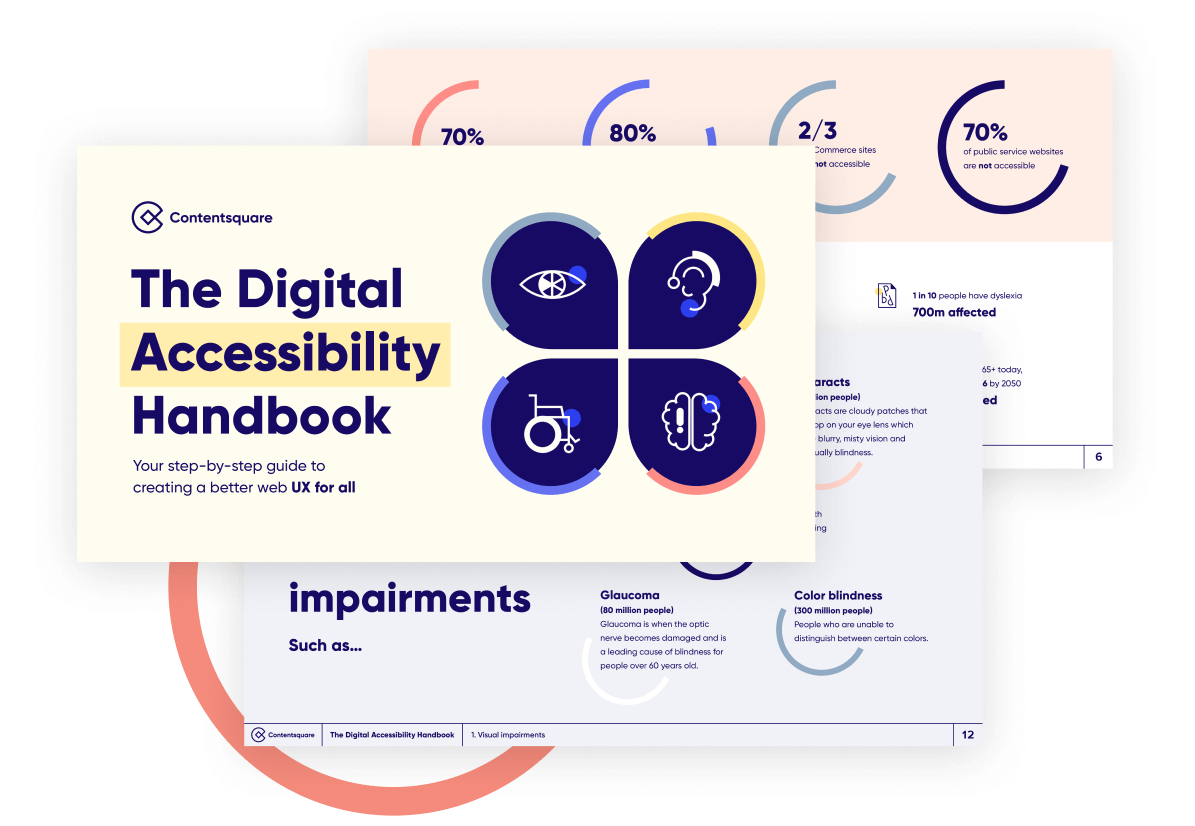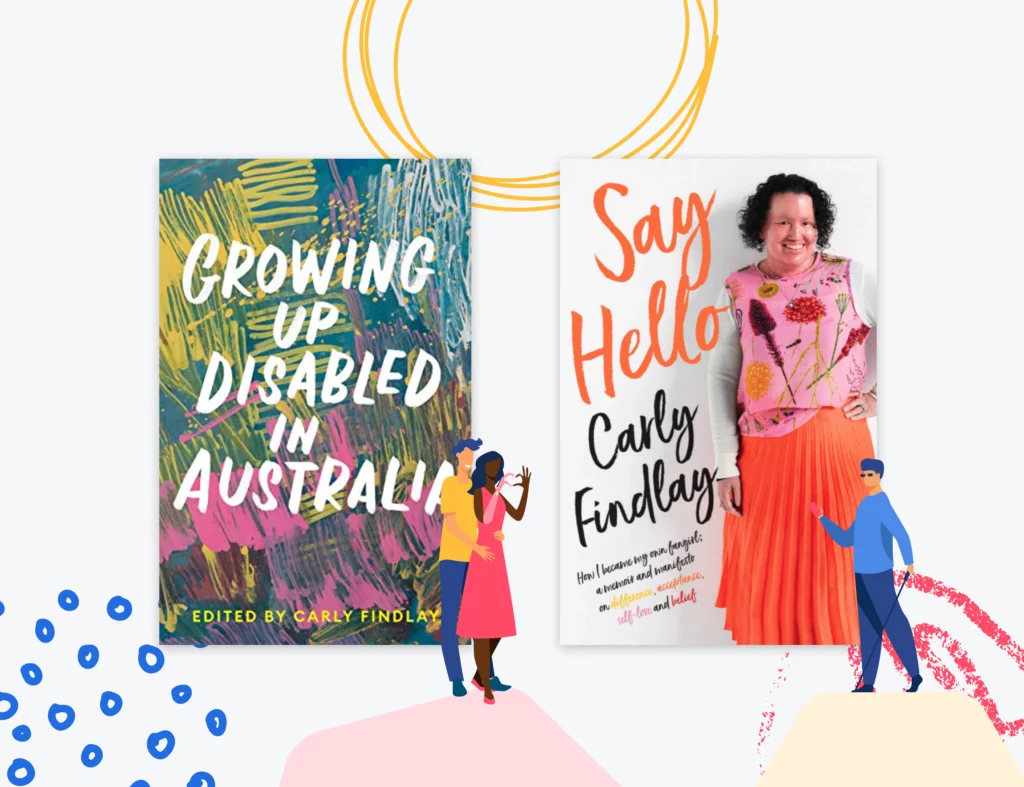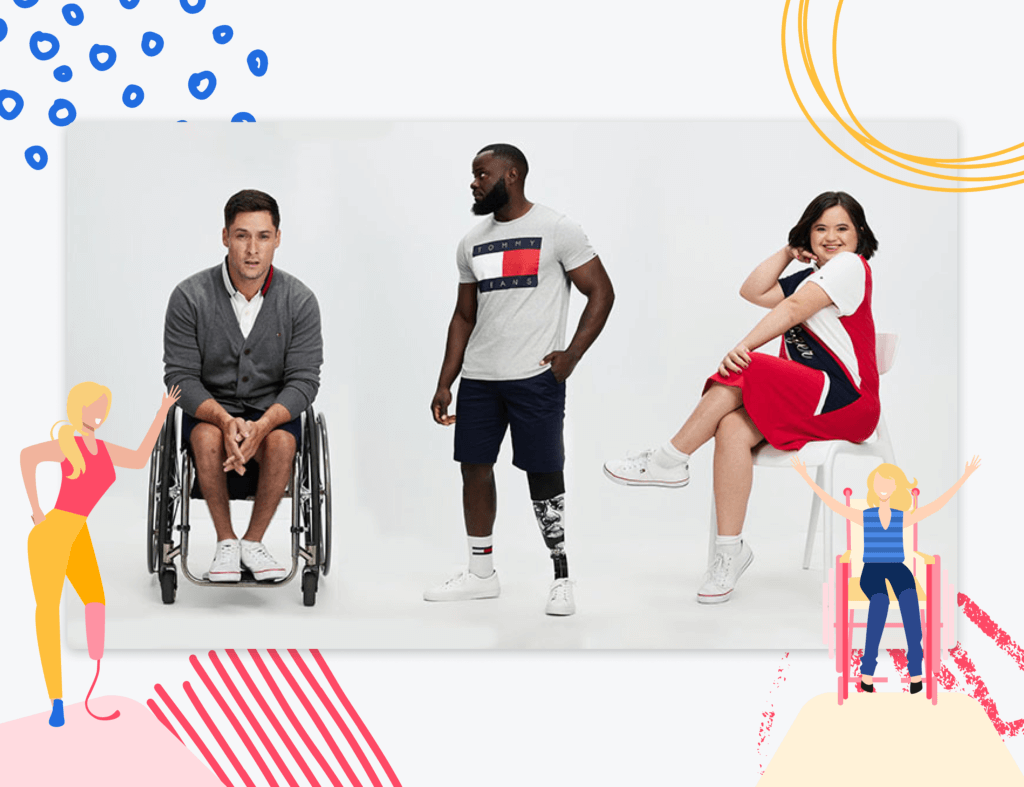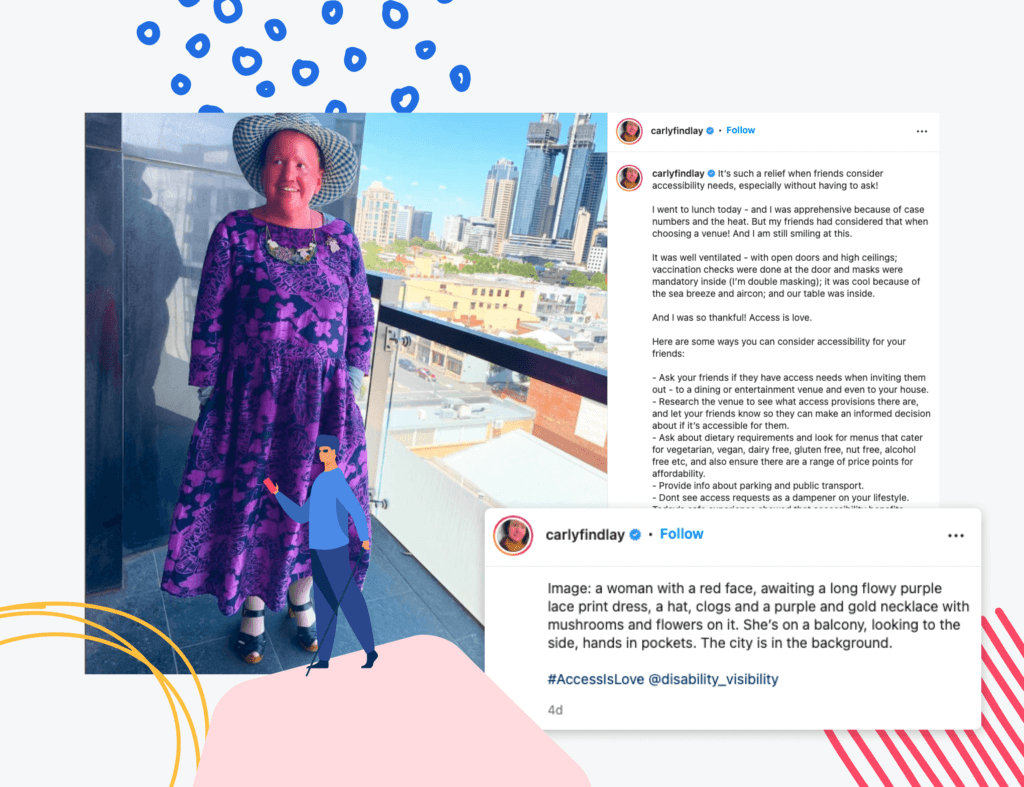
Get the Digital Accessibility Handbook
Download our handy guide to creating better user experiences for all.

Carly Findlay smashes all preconceived notions about people with disabilities with an iron fist. Born with Ichthyosis, a rare and severe skin condition, Carly is a writer, speaker, and appearance activist who advocates for people living with disabilities and challenges conventional beauty standards.
On Day 3 of our APAC CX Circle event, she shares with us in a Q&A session on why digital accessibility always matters and how brands can become an ally to the disabled community.
Get the Digital Accessibility Handbook Download our handy guide to creating better user experiences for all.
I was born in Melbourne, with a very rare and severe skin condition called Ichthyosis. There are many types of Ichthyosis, mine being on the more severe end which causes my skin to become extremely red and painful.
I work as a writer and speaker. I’ve written “Growing up Disabled in Australia” and “Say Hello” which are available in e-book, paperback, and audio formats worldwide. My role is to speak about these issues on accessibility and I’m very prominent and prolific on social media.
Everything I do on social media now and in the last 3-4 years has been committed to changing access on my own social media platform, calling for brands, media outlets, organizations, and influencers to make their content accessible.

We’ve had a long lockdown in Australia – around 263 days – and I’ve made an enormous amount of online purchases this year and last because that’s the only way we can shop for anything other than groceries. So I become really excited when I see brands that make it easier to shop online such as simplifying their refund or return processes.
I can only speak from my own personal experience as a disabled person. Obviously, there’re many more experiences out there. When I’ve talked to others in my community, they say they would love it if products were easier to purchase online because they can’t often travel to stores and they can only shop online.
Try-on videos with captions, as well as descriptions of the product like the feel of the fabric, clothing information, and the length of the clothing are really useful. For example, if I were to describe myself right now – I’m a woman with a red face with short, curly hair, wearing a green dress with bright flowers and a floral necklace.

Also, it would be great to see different body shapes. You’ve got your plus-sized models, but how about models who are wheelchair users or are short-statured? How do they look in these clothes? Demonstrating that kind of adaptability would be really helpful to the community.
Limit flashing lights or banners – they make the website look really cool, but aren’t the most functional for people.
Diversifying your social media feed is important. Following different people online like disabled people, people of color, trans people, and so on. I’m @carlyfindlay on Instagram, and I always post about the different people I follow. Try to see what we’re buying and what we’re wearing.
It’s great to share our content as well, I’ve seen people recommend stuff just because the brand has posted about clothes featuring disabled people.
Secondly, really commit to making your social media, websites, and user experiences accessible. It doesn’t have to cost a heap of money. You can create captions on Instagram or Facebook with inexpensive apps on your phone, and incorporate image descriptions into your social media processes.
Get users from the disability community to test your websites and social media. Try to get feedback from a cross-section of the community – people who are blind or have low vision, people who are deaf, have sensory impairments, or people like me who want to know the fabrics that will suit our skin.
Lastly, don’t be afraid to use disabled people in your advertising and promotions. Collaborate with us!


Image Credit: Jacci Pillar
Members of the public can start by making their content more accessible! Your friends, family, clients, school communities, etc have disabled people. Start by including image descriptions, captions, and content warnings in your social media posts.
Publicly asking for accessibility is also a really great way to show allyship. As a disabled person, I constantly ask for accessibility and it gets lonely because people push back. But if we have more people supporting and asking politely, the impact is far greater.
It doesn’t have to be rude. You can say something simple like “Hey friends, I’d love to see image descriptions on your post” or “Could you please add captions to your videos, this would make it accessible for more people, thank you so much! “
For more on Carly’s tips on improving digital accessibility, you can catch the full talk here.